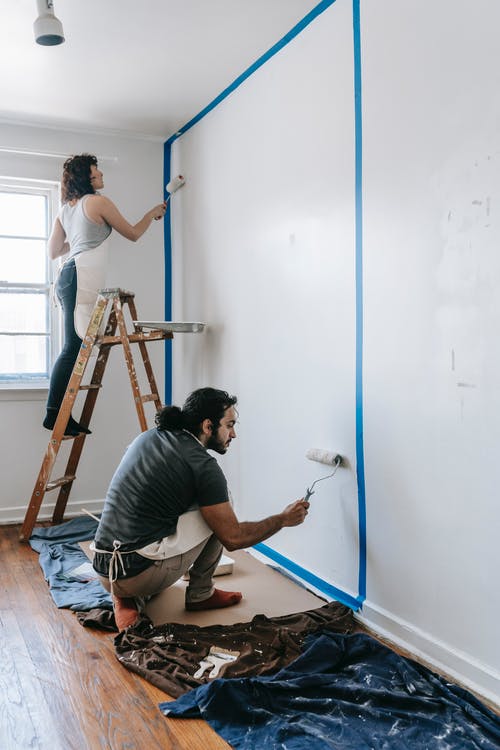There are so many waterproofing products that you can find on the market. When there are issues with the waterproofing, it will give rise to further problems in the building. So it is vital that this step be completed correctly according to standards. In this article, we are looking at some of the most common waterproofing materials used and their benefits.
Whether you are building a new house or carrying out a renovation, you will need to speak to waterproofing contractors Gold Coast to get their recommendation on your issue. Waterproofing consultants will take a look at the site and propose a solution that fits your budget and the site requirements. Polyurethane is a type of waterproofing material that offers seamless coverage and will fill all the tiny cracks in the surface. It will reduce the water absorbency rate of concrete and create a hard shell on top of the concrete surface. This material should be handled by a professional as it can have negative effects if your skin is exposed to it or if inhaled. So the application needs to be done very carefully with expert skill. This waterproofing material can be used for roofing, balconies, water tanks, ponds etc. Its versatility allows it to be used in different applications. Polyurethane has resistance to other chemicals as well and will give long protection for your home. However, it can be quite expensive when compared to other materials. Thermoplastic waterproofing is also quite expensive but it offers a high performance waterproofing layer that will last for several decades. The panels can be sealed together by heating it which changes the form of the material and allows for easy bonding.

Cementitious waterproofing coating is an easy to use material so it is preferred by many contractors. This comes in a powder that contains sand and silica based substances. The waterproof seal is created when the active ingredients of this material is combined with lime. You can use additives with this to increase the durability of the coating. While it is easy to apply, there is very little flexibility in the product. This is used for waterproofing concrete structures like walls, foundations etc. and water retaining structures such as water tanks. There are spray and liquid formulas you can use depending on the area of the surface. But when using it for water tanks, you need to check that the material complies with the standards of drinking water treatment.

When it comes to roof waterproofing, you can use rubberized asphalt. They are used for mostly commercial applications. This option is chosen when there are complex roof assemblies. It is very tough and at the same time it is quite flexible. They can be sued for parking spaces and bridges as well. You can apply this on top of concrete to prevent cracking of the surface and improve durability of the concrete. EPDM rubber is a synthetic rubber that can also be used for waterproofing roofs. This waterproofing will repel water. And it is quite a sustainable material as it can be recycled. The price of the waterproofing will depend on the thickness of the waterproofing layer.




